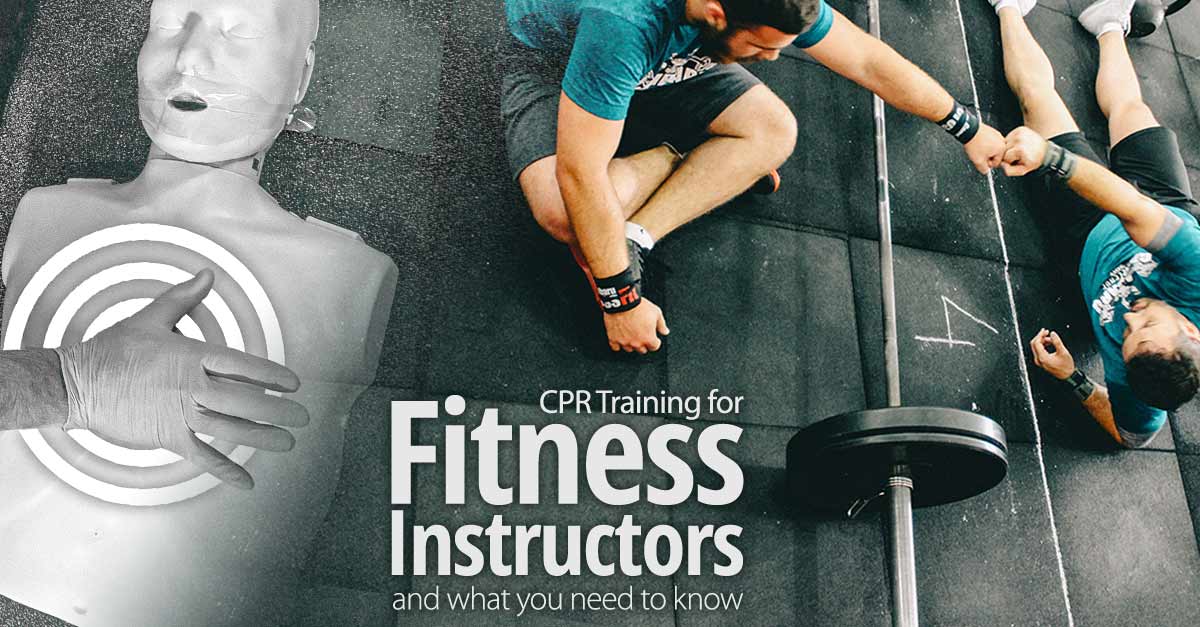CPR Training for Fitness Instructors: What You Need to Know
It’s your worst nightmare. You’re working with a new client who appears healthy, energetic, and ready to give 110 percent to the fitness routine that you’ve planned for him. Your client gets a few repetitions into the second set of high-intensity interval training exercises when he becomes completely winded. He collapses and loses consciousness. He’s not breathing, and you can’t feel a pulse on his neck or wrist. Your next steps are critical to saving your client. Do you know what to do? If not, it’s time for you to consider the practical, life-saving benefits of cardiopulmonary resuscitation (CPR) training and certification.
What Is Cardiopulmonary Resuscitation?
In the above example, your client is displaying the most common symptoms of cardiac arrest. Cardiac arrest happens when the heart stops pumping blood throughout the body, and it can lead to death if it isn’t treated promptly and effectively. Although some people experience no warning signs before cardiac arrest, others feel symptoms such as nausea, chest pain, or shortness of breath. After calling emergency medical professionals for help, employing cardiopulmonary resuscitation (CPR) is the best way to handle a cardiac arrest event.
Cardiopulmonary resuscitation (CPR) is an emergency medical procedure that oxygenates the body through a series of manually applied chest compressions and ventilations. In healthy people, the heart pumps oxygen-rich blood throughout the body to keep critical operations going. When a person experiences cardiac arrest, they still have oxygen in their blood that can help with key bodily functions. By properly applying chest compressions and ventilations to them, you manually get their blood flowing until emergency professionals arrive on the scene to administer more advanced treatments.
Why Is Cardiopulmonary Resuscitation Important in the Fitness Profession
When it comes to staying healthy, everyone knows the importance of physical fitness. However, intense exercise can overexert a weak or unhealthy heart. Experienced fitness professionals encounter cases like these countless times. An older person has trouble controlling her weight, and she believes that regular, intense physical training will help her. She doesn’t know to change her poor eating habits. In this case, her nutritional ignorance can lead to a heart attack that results in cardiac arrest.
Alternatively, you’ll train people who have no history of heart trouble and look healthy. If you think that these people are immune to cardiac arrest, think again. According to the American Heart Association and the National Safety Council, many cardiac arrest victims look healthy. They have no history of heart trouble, and don’t have any of the risk factors associated with cardiac arrest (1).
Some cardiac arrest risk factors include these ailments and lifestyle traits:
- Family history of heart disease
- Smoking
- Obesity
- Age
- Illegal drug use
- Being sedentary
- High blood pressure
- High cholesterol
Since you can’t always tell if your clients are healthy enough for rigorous physical activities, it’s best that you’re prepared with CPR training from a leading course provider such as First Response Training International. You’ll learn how to do chest compressions, clear an airway, give mouth-to-mouth breathing, and put cardiac arrest victims in the right recovery position.
When Is the Right Time to Get Cardiopulmonary Resuscitation (CPR) Training and Certification?
A career as a fitness instructor or a personal trainer is very rewarding, and society’s demand for health and wellness programs helps to ensure that jobs are available for talented fitness professionals. If you plan to work at a fitness facility, you’ll most likely be required to have a fitness trainer certification. Today’s gyms want to avoid the legal risks of employing fitness instructors and trainers who don’t have the proper training and credentials, and many of them require cardiopulmonary resuscitation training and certification as well.
One of the fitness industry’s well-kept secrets is that fitness instructor certifications aren’t subject to national or state-wide standards. You’ll find fitness trainer programs that consist of a three-week seminar and a test and those that require several months of course work and an internship. In short, some fitness instructor certification programs are better than others. Programs that are accredited by the National Commission for Certifying Agencies (2) are generally known to be the gold-standard for fitness instructor training and certification programs. They usually include cardiopulmonary resuscitation training within their courses.
If you’ve met the minimum fitness certification requirements for employment with your fitness facility but didn’t receive cardiopulmonary resuscitation training and certification. Next, you’ll want to supplement your fitness credentials with an easy-to-understand cardiopulmonary resuscitation training course that leads to certification such as those offered by First Response Training International. If you earned your fitness credentials years ago and need to refresh your skills, First Response Training International delivers cardiopulmonary resuscitation training courses that add value to your clients and your employer.
Can I Work as a Fitness Instructor Without a CPR Certification?
In some cases, you can work as a fitness instructor without cardiopulmonary resuscitation certification, but that doesn’t mean that you should. As a fitness instructor, you’re more likely than most professionals to encounter cardiac arrest events due to the nature of your job. If you don’t have the training or skills to handle these situations, your job opportunities dwindle.
How to Get My CPR Certification
Besides the peace of mind that comes from being able to help others when it counts the most, you’ll have an easier time landing employment in the fitness industry with your CPR certification. You’ll earn your certification after taking a few hours of training and a comprehensive test. After two years, you must renew your certification by taking the course work and test again.
Final Words
As a fitness industry professional, it’s your job to support your clients’ health and wellness goals. Going above and beyond the conventional hour-long fitness routine and getting properly trained in cardiopulmonary resuscitation can be the best move that you’ve ever made. Contact First Response Training International for more information about the latest CPR training courses.
References:
- http://locktonpersonaltraininginsurance.com/why-fitness-trainers-need-first-aid-certifications/
- https://www.acefitness.org/fitness-certifications/accreditation/












Leave a Reply
Want to join the discussion?Feel free to contribute!